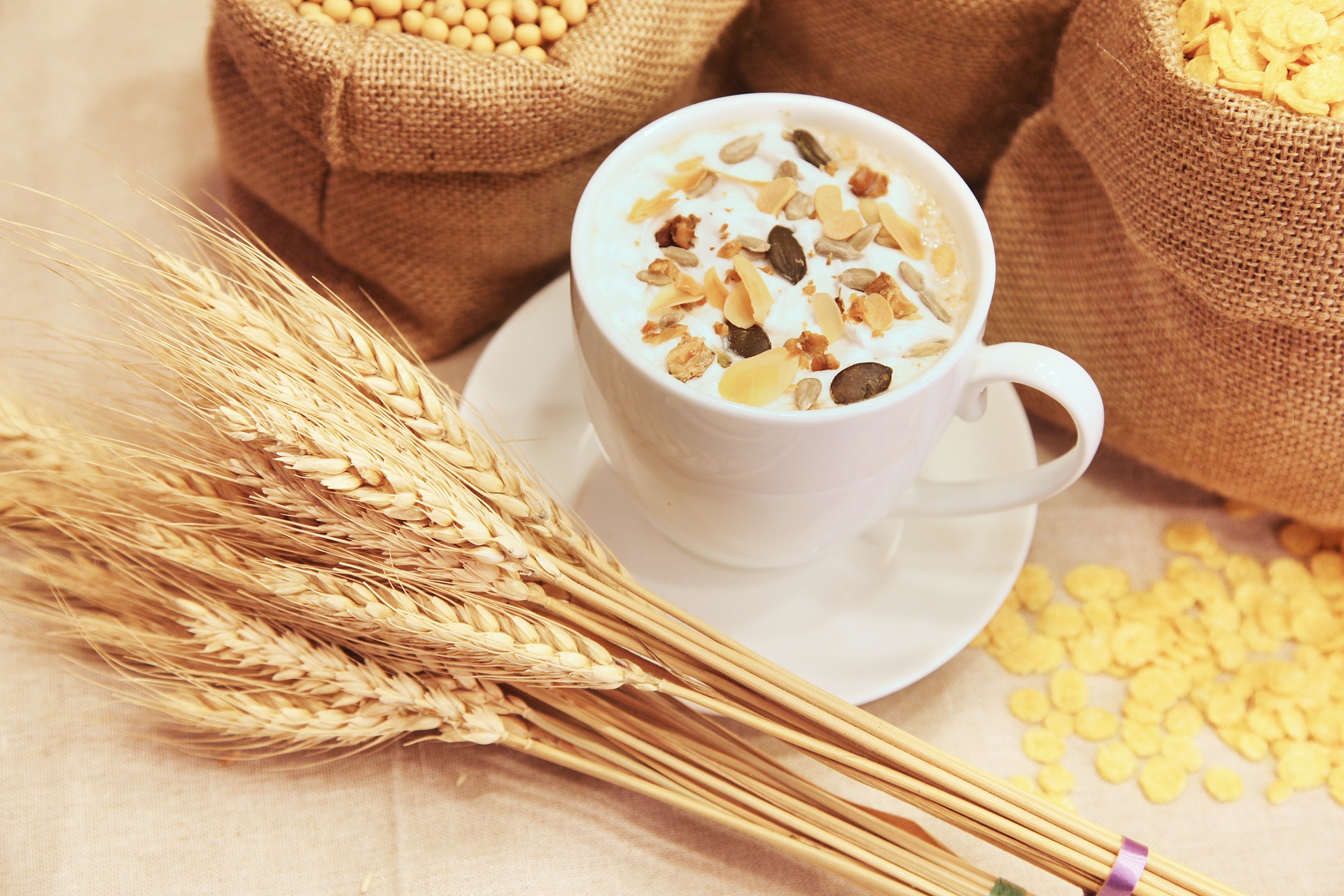
Vocabulary:
- commodity /kuh-MOD-i-tee/
- index /IN-dex/
- disruption /dis-RUHP-shuhn /
- surge /surj/
- vulnerable /VUHL-ner-uh-buhl/
[noun] – a substance or product that can be traded, bought, or sold
The country’s most valuable commodities include wheat and coffee.
[noun] – a system of numbers used for comparing values of things that change according to each other or a fixed standard
The housing index in the US increased by 123 points in July from 120 points in May.
[noun] – the action of preventing something, especially a system, process, or event, from continuing as usual or as expected
Several strikes are causing severe disruption to all bus services.
[noun] – a sudden and great increase
Economists see various reasons for the recent surge in inflation.
[adjective] – able to be easily physically, emotionally, influenced
I admire him for his efforts to protect the vulnerable members of our society.
Article reading:
Labor shortages, shipping disruptions, and factory closures are also contributing to the surge of production and transportation costs of food in other parts of the world. “The other problem that has emerged is getting the product out. For example, here in Australia, we’ve had a lot of ships arrive to take the food away, but we can’t get a crew to come in because of Covid.” Mr. Batt said. The cost of dairy products rose almost 16% over the last year. Brigit Busicchia from Macquarie University noted that soaring food prices are typically felt most acutely by the poor, as vulnerable households are pushed deeper into poverty and that this has the potential to raise social and political issues. “Expect countries like Egypt or other Middle Eastern countries to experience tensions in their provisioning of cereals,” she said.
Discussion Questions:
- Do you compare prices when you shop? Why or why not?
- How often do you buy wheat and dairy products?
- As prices continue to rise in some countries, what can people do to cut back on their food expenses?
- Do you think rising food prices are a reason for panic?
- In your opinion, will global food prices decrease early next year? Why or why not?
Summarization
Describe:
- global
- harvest
- transportation
- household
- political